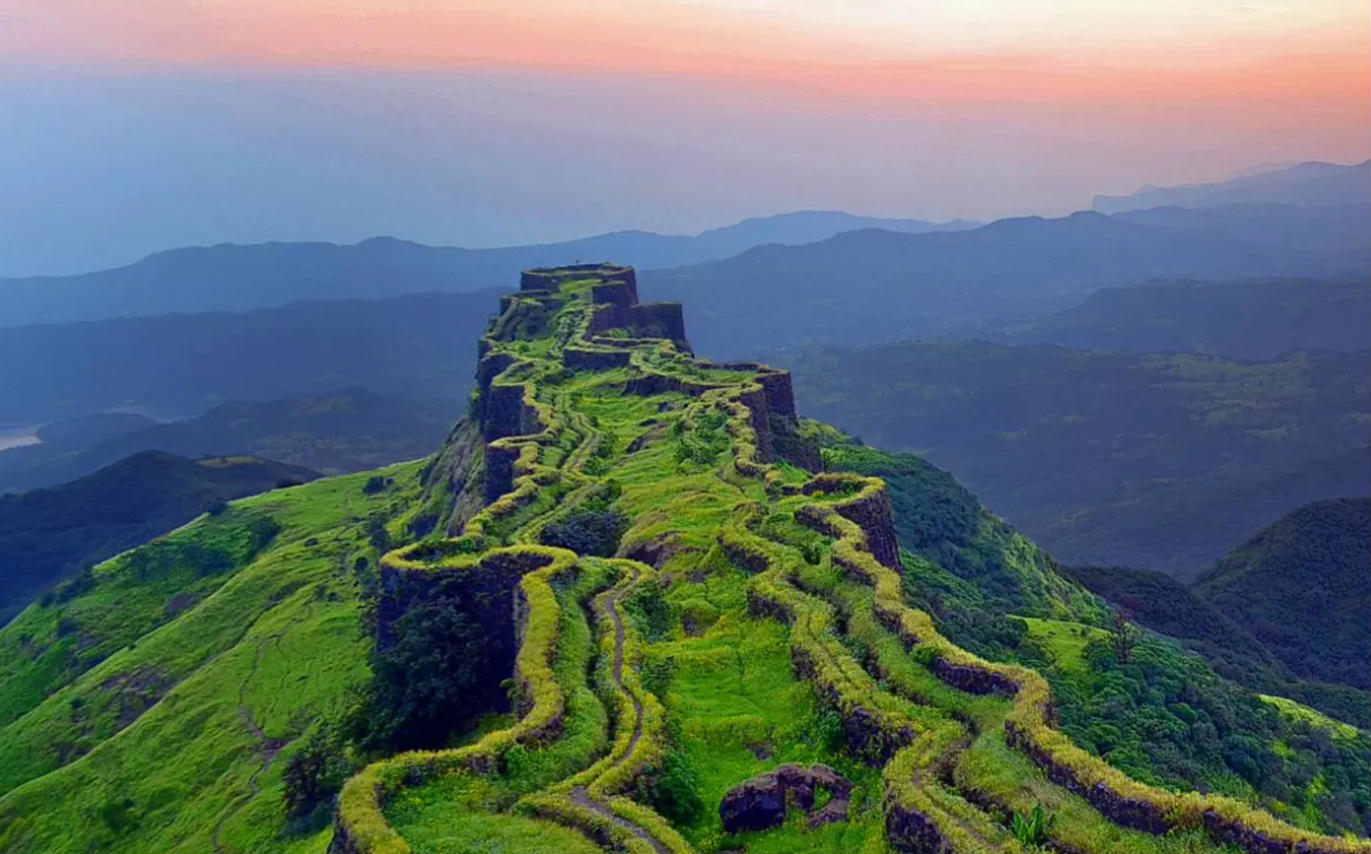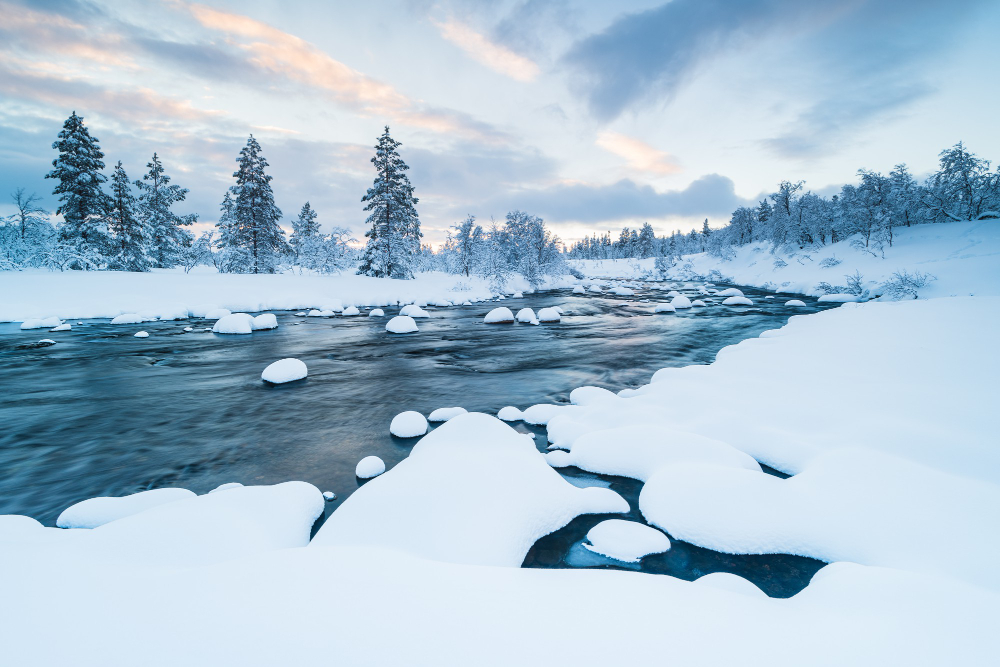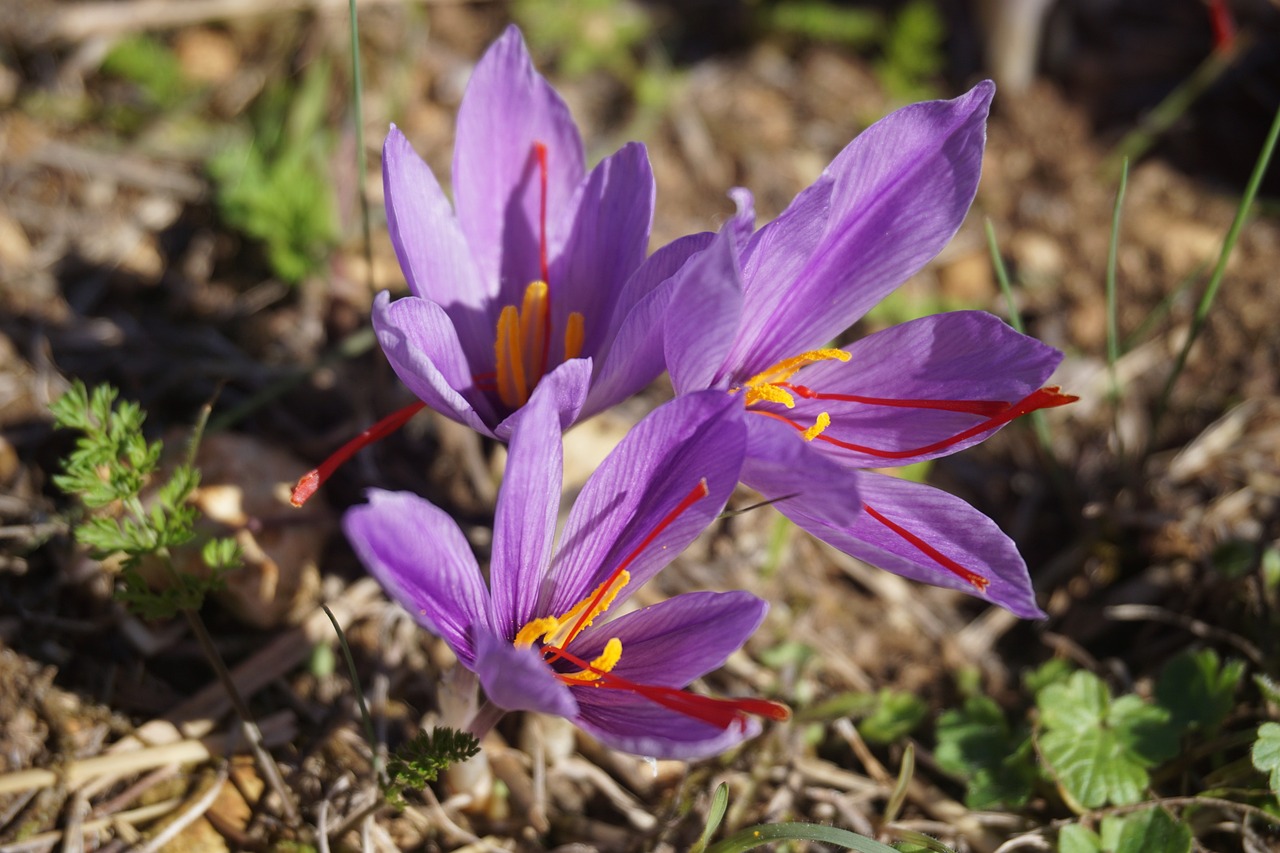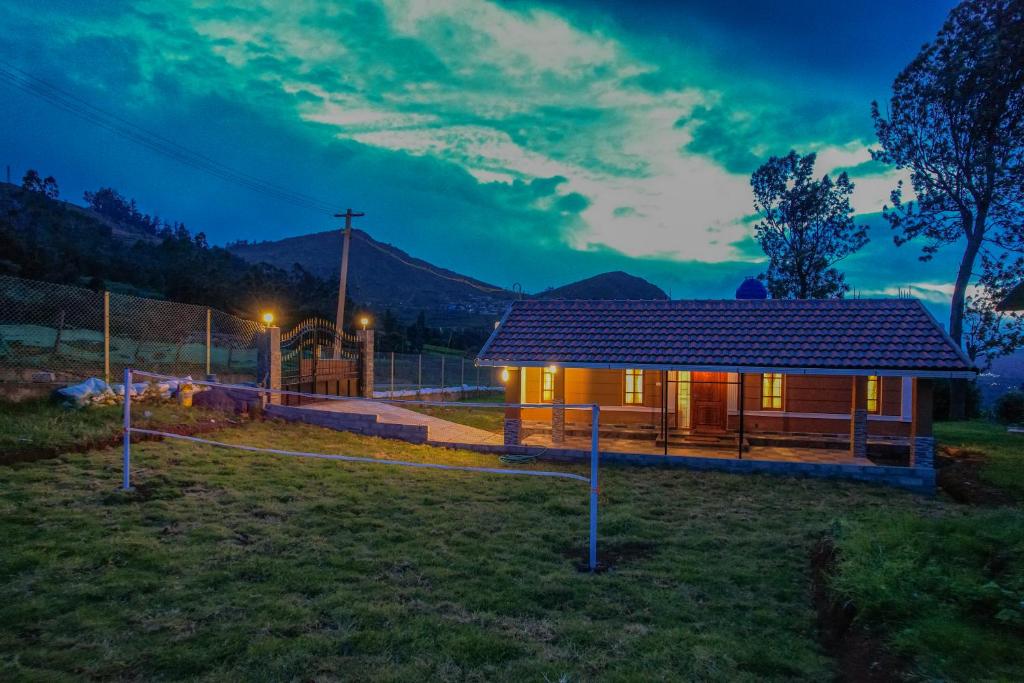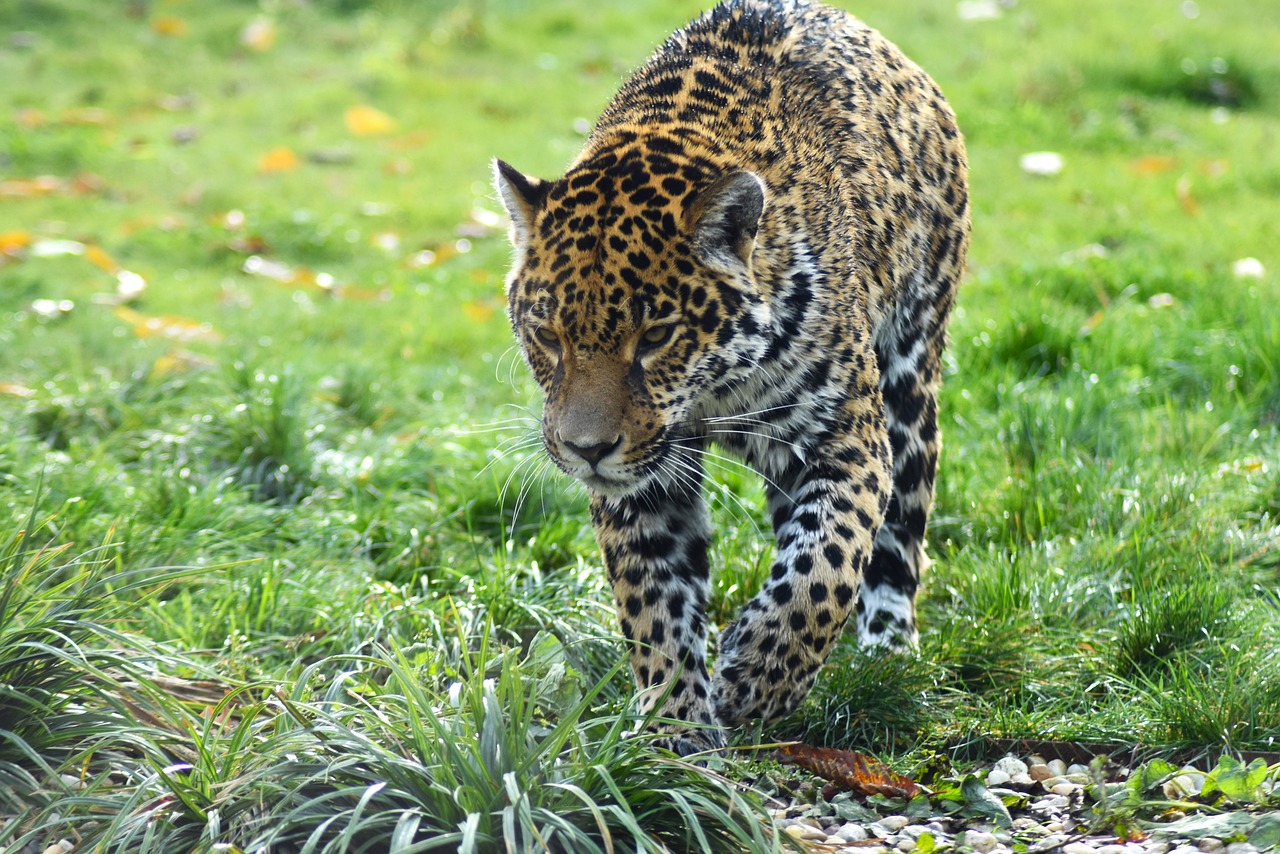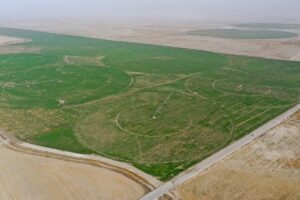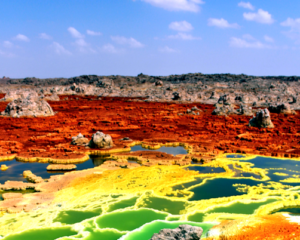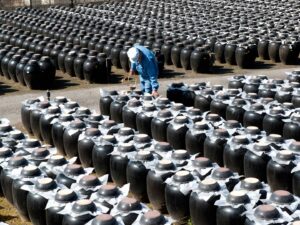 Pin
Pin There’s a remote spot in China where the ground just… opens up. Locals call it a “heavenly pit.” But it’s more than just a hole in the earth. It’s a natural wonder, a geological surprise that looks like the world’s deepest breath. One such sinkhole in China holds its own ecosystem. That’s not a clickbait phrase — it really has its own plants, wildlife, and even weather patterns inside.
Think of a forest living inside a pit hundreds of meters deep. Giant trees grow untouched, birds you’ve never seen fly below the surface, and rain falls in a place sunlight barely reaches. It’s eerie and beautiful at the same time. Scientists call it the Xiaozhai Tiankeng, the world’s deepest sinkhole, and it’s become the center of attention for researchers, adventurers, and thrill-seekers across the globe.
These aren’t just geological freaks. They’re natural time capsules. You stand at the edge and you feel it — the sense that something down there hasn’t changed for centuries.
Table of Contents
How the Earth Ripped Open: The Science Behind China’s Sinkholes
 Pin
Pin You don’t need a disaster movie to witness the ground cracking open — it’s already happened. Deep in China’s karst landscapes, nature has slowly carved out something surreal. These massive sinkholes, known locally as “Tiankengs,” form when underground rivers and caves erode the soft limestone over millions of years until the ceiling finally collapses. The result? A giant, vertical cave in China with its own ecosystem, hidden from plain sight.
The process is slow, like nature’s secret sculptor working in silence. Water seeps through cracks, dissolving stone, carving tunnels deep below. Eventually, the surface gives in. But what’s fascinating is that once the collapse happens, life doesn’t stop — it starts. Trees begin growing on the sinkhole floor. Fungi, mosses, and even rare animals find shelter where no human foot had ever stepped. In some cases, scientists find species that don’t exist anywhere else.
That’s why these pits aren’t just geological wonders — they’re scientific gold mines. Understanding how they formed might help predict similar collapses elsewhere and protect local communities too.
A Cave in China with Own Ecosystem: Nature’s Hidden World
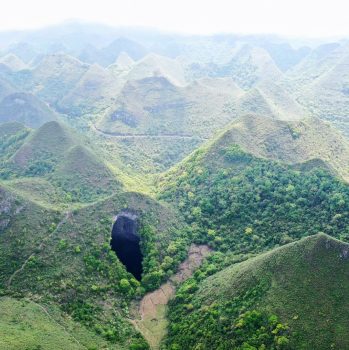 Pin
Pin In 2022, Chinese scientists descended into a newly discovered sinkhole in Guangxi, and what they found stunned everyone. Inside was a forest so untouched, it felt prehistoric. Towering ancient trees rose over 130 feet, and thick undergrowth blanketed the sinkhole floor. It wasn’t just a hole — it was a cave in China with its own ecosystem, sealed off from the outside world for who knows how long.
This wasn’t just any patch of forest. It had species possibly unknown to science. Plants and insects that evolved in isolation, away from pollution, noise, or human destruction. The air was cooler, the light dimmer, and the mood… eerie. It was like walking into a forgotten realm where time moves differently.
For biologists, this is a dream — a natural lab where evolution unfolds in isolation. It raises questions about how life survives in extreme or enclosed environments. Could this help us understand how ecosystems work on other planets? Maybe. But even without the space talk, it’s clear these heavenly pits hide more than just rocks and roots.
Why These Sinkholes Are Called “Heavenly Pits”
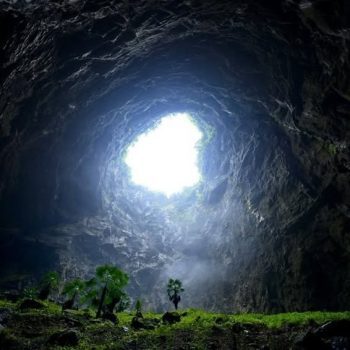 Pin
Pin The name “heavenly pit” isn’t just poetic—it’s earned. In Mandarin, they’re called Tiankeng, which literally means “sky hole” or “heavenly pit.” And when you stand at the edge, it’s easy to see why. These massive openings pierce the earth so deep and so wide that it feels like you’re staring into a portal. Light filters down in soft beams, plants climb the walls like they’re reaching for salvation, and mist often lingers at the bottom like a secret fog. It’s haunting and holy at the same time.
Locals don’t treat these places lightly. Many sinkholes are wrapped in legends — stories of spirits, dragons, or ancient gods that once lived inside. Some even believe the pits are cursed or sacred. It adds a layer of cultural mystique that makes exploring them feel more like a spiritual journey than just a trek.
You don’t just look into a heavenly pit — you feel it. The silence, the scale, the untouched nature — all of it overwhelms your senses and leaves you questioning what else is hidden underground.
The World’s Deepest Sinkhole: Xiaozhai Tiankeng
Xiaozhai Tiankeng isn’t just another big hole — it’s the deepest sinkhole on the planet. Located in Chongqing, this beast of a pit drops nearly 662 meters deep (over 2,100 feet), with a width of around 500 meters. It’s so massive that clouds can form inside it. That’s right — an entire weather system can happen within a single sinkhole. This isn’t fantasy. This is nature on steroids.
What makes Xiaozhai even crazier is what’s inside. A cave in China with its own ecosystem thrives here, filled with rare plants, waterfalls, and species not seen outside the pit. It’s not just deep — it’s alive. Some scientists even suspect there are insects or microorganisms down there that science hasn’t identified yet. For them, this pit is like a lost jungle wrapped in rock.
Getting down isn’t easy. Explorers and researchers have to rappel or hike narrow paths to reach the base, and even then, much of it remains unexplored. Xiaozhai is still keeping secrets. And that’s what keeps pulling people back.
Life Below the Surface: Hidden Creatures and Rare Plants
Sinkholes like the Xiaozhai Tiankeng aren’t just empty craters — they’re alive. Down at the bottom, far from roads or human noise, nature has taken over in strange and beautiful ways. This isn’t your average cave floor. It’s a living, breathing ecosystem, untouched by modern life. It’s not a stretch to call it a cave in China with its own ecosystem — because that’s exactly what it is.
Plants grow tall and wild here, including ancient trees that never see human footprints. Moss spreads thick across rocks, and fungi glow in the dark like something out of a dream. Even stranger? The creatures. Scientists have reported insects and small animals down there that aren’t found anywhere else. These species adapted to life with minimal sunlight, higher humidity, and complete isolation.
It’s like a separate world, frozen in time. Some biologists say this environment could mimic what Earth looked like before industrialization. Exploring these pits feels like peeking into the planet’s deep memory — raw, wild, and untouched.
Why Scientists Are Obsessed with These Natural Phenomena
It’s not just the size or beauty of these sinkholes that makes scientists flock to them — it’s what lies beneath. A cave in China with its own ecosystem is more than just an oddity; it’s a goldmine for research. These pits offer a controlled natural environment, almost like a living time capsule. Studying them helps researchers understand how ecosystems develop without human interference.
Biologists are especially interested in the species that live here. How did they survive in such isolation? What adaptations helped them evolve in this dark, humid, and silent world? Some hope the answers can shed light on broader questions about evolution, climate adaptation, and biodiversity.
Geologists, on the other hand, study the formations and the layers of rock to trace Earth’s history. Every crack, mineral vein, and fossil tells a story. Some even compare exploring these pits to diving into the ocean or going to space — it’s that unknown. For them, the heavenly pits aren’t just natural structures — they’re scientific frontiers waiting to be explored.
Local Legends and the Spiritual Side of Heavenly Pits
Long before scientists showed up with drones and climbing gear, local people already knew these sinkholes were special. Stories passed down for generations speak of gods, dragons, and spirits living deep within the earth. To them, these weren’t just holes — they were sacred. Some villagers still believe the pits are gateways to the afterlife or places where earth and heaven meet.
In some parts of China, locals avoid going near the edge of these massive craters. They speak softly when they’re nearby, and offerings are sometimes left at the rim — just in case. It’s a strange blend of awe and fear, and honestly, it makes sense. Standing near a heavenly pit, with fog swirling and silence stretching for miles, gives you chills. It feels like the earth is watching.
These beliefs add another layer to the story. You’re not just exploring a cave in China with its own ecosystem — you’re stepping into a place where myth, nature, and human emotion collide.
The Dangers of Exploring These Remote Sinkholes
While exploring the heavenly pits might sound like a thrilling adventure, it’s far from a walk in the park. These massive sinkholes are dangerous — not just because of their sheer size, but because of the unpredictable conditions inside. The terrain is often rugged and unstable. There’s no easy trail down into these pits, and the paths that do exist are narrow, slippery, and prone to sudden shifts in the rock.
The weather inside can also change quickly. Heavy rain can lead to flash flooding, and the deep, damp environment can be treacherous. If you’re not careful, you might find yourself stuck halfway down or, worse, trapped. In some cases, the air at the bottom can be thin, making it hard to breathe if you’re not properly prepared.
Yet, this danger is part of what draws people in. For scientists, explorers, and adventurers alike, these sinkholes are not just places to visit — they’re challenges to overcome. But with the thrill comes risk, and only those with the right skills and knowledge should attempt to explore these mysterious depths.
Preserving the Mystique of China’s Heavenly Pits
As more people discover the jaw-dropping wonders of China’s heavenly pits, the challenge of safeguarding them becomes increasingly urgent. These deep, isolated sinkholes are delicate ecosystems, home to rare species and unique plant life. With their increasing popularity, there’s a risk that tourism could damage the very natural wonder that draws visitors in the first place. This is not just about protecting a tourist attraction — it’s about preserving a precious, living environment.
To protect these pits, local governments and environmental organizations are beginning to take action. Access to some of the most vulnerable sinkholes is being restricted, ensuring that only authorized individuals, such as researchers or trained guides, can visit. In some areas, steps are being taken to control the environmental impact of tourism by installing pathways that minimize human interference and using technology to monitor the health of the ecosystem.
Ultimately, it’s not just about protecting a place — it’s about maintaining its magic. As these sinkholes continue to inspire wonder, it’s crucial that we tread carefully, respecting the delicate balance that allows these ecosystems to thrive in isolation.
FAQs
China’s “heavenly pits” are enormous sinkholes that have formed over time due to the erosion of soft limestone. These pits, some of which are hundreds of meters deep, contain their own ecosystems, with unique plant life, rare species, and even microclimates that thrive in isolation from the outside world.
Heavenly pits are formed when underground rivers and caves erode limestone over millions of years, eventually causing the ceiling to collapse. This creates massive vertical caves that can contain whole ecosystems, isolated from human activity.
Yes, exploring these pits can be dangerous due to their sheer size, unstable terrain, and unpredictable weather conditions inside. Strong rain can lead to flash flooding, and the air can be thin or filled with toxic gases in some parts of the sinkholes. Only experienced explorers should attempt these treks.
The ecosystems inside these sinkholes are unique because they have evolved in isolation, free from human influence. The lack of sunlight, unique humidity levels, and confined space have led to the development of rare species of plants and animals not found anywhere else on Earth.
To prevent damage from increasing tourism, China has implemented measures such as restricting access to certain pits, using designated paths to minimize human impact, and monitoring the ecosystems closely. These efforts are aimed at preserving the pits’ natural beauty and scientific value for future generations.


